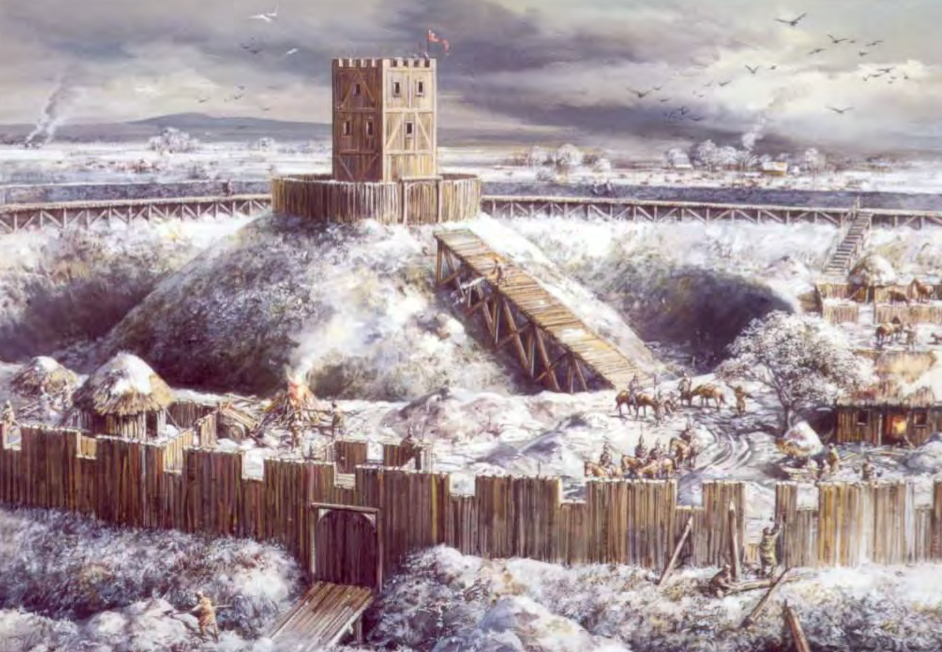Norman conquest: fall of Anglo-Saxon Kingdom
1/8
There's no tags or description
Looks like no tags are added yet.
Name | Mastery | Learn | Test | Matching | Spaced |
|---|
No study sessions yet.
9 Terms
Consolidation of power in Anglo-Saxon kingdom
Kingdom of Wessex screw very powerful over the final centuries of Anglo-Saxon rule in the British Isles
Danish Viking, invasions and settlements spent large sections of northeastern. Britain were danish territories.
King Edward, the confessor
King with no heir
Surrounded by powerful Warlord Earls, including Wessex
Wessex: powerful Godwin clan
King Edward married the daughter of Earl Godwine
Without an air, the competition for throne was intense
King Edward believed to have chosen his cousin Duke, William of Normandy as his heir to assert power over the Godwinnes
Edward’s death
Edward dies January 5 1066
Harald is head of The Godwin’s clan
On his deathbed, Edward gave his blessings to Harold as heir
Harold is crowned January 6 but has enemies, including Duke, William of Normandy
Attack on the kingdom
July 1066 Duke Williams forces assembled 14,000 men 3000 horses on the Norman side of the channel
September 1066, King of Norway attacks Yorkshire, ends In English victory
September 28 1066 Williams forces arrive at Pevensey Bay
October 14 battle of Hastings: King Harold is killed with his remaining brothers and the best of his Anglo-Saxon Warriors
Evidence of the conquest
Anglo-Saxon Chronicle
Bayeux tapestry (Norman pov)
William and his queen’s signatures on the Norman charters (signed with a cross as it’s likely neither of them could write)

Reconstruction of Chichester; Motte and Bailey
Motte-and-Bailey castles were quickly built by the Normans after 1066 to secure control over England, combining a raised fort (motte) and a fortified courtyard (bailey).
They served as military bases, administrative centers, and symbols of Norman power, often built in strategic locations like towns or crossroads.
Chichester’s layout with multiple baileys and ditches shows careful planning and strong defenses, typical of early Norman castle-building.

Norman stone keep: Cardiff
Cardiff Castle began as a Norman motte-and-bailey, built to control South Wales after 1066.
The stone keep shows the transition from early wooden castles to stronger, permanent fortifications.
It became a lasting symbol of Norman and later aristocratic power, rebuilt over centuries